Full Automatic Constant Pressure Variable Frequency Water Supply Equipment is a new generation of hi...
See DetailsSewage Pump: How to Select the Right One?
Industry News-Choosing the correct industrial Sewage Pump is not a matter of guesswork; it is the difference between uninterrupted production and a costly shutdown. Before you sign a purchase order, focus on six technical pillars that determine real-world performance.
Define the Fluid Profile
Industrial sewage is rarely uniform. Start by listing solids concentration, particle size distribution, pH, temperature, and any chemical additives. A rendering plant sending 8 % bone chips at 60 °C needs a completely different impeller metallurgy and seal package than a textile mill discharging lint-laden water at 30 °C. Obtain laboratory data rather than estimates; a single overlooked caustic spike can turn stainless steel into scrap.
Match Flow and Head to Process Peaks
Catalog curves show good-efficiency points, but industrial systems experience surges during shift change or CIP cycles. Size the pump so that good required flow plus 10 % still falls on the curve, and verify that the motor can tolerate the corresponding brake horsepower without service-factor overload. If the station must pump against a rising main, calculate the worst-case static lift plus friction losses; ignoring a 2 m future siphon break can stall the entire line.
Select the Correct Impeller Geometry
Open-channel, vortex, and cutter impellers each carry trade-offs. Open-channel units yield higher efficiency but clog when long rags are present. Vortex designs sacrifice 5–7 % efficiency to keep solids away from the impeller eye. Cutter pumps reduce downstream blockages yet demand frequent knife replacement in abrasive media. Use computational fluid dynamics (CFD) simulations if the budget allows; they reveal velocity vectors that lab tests miss.
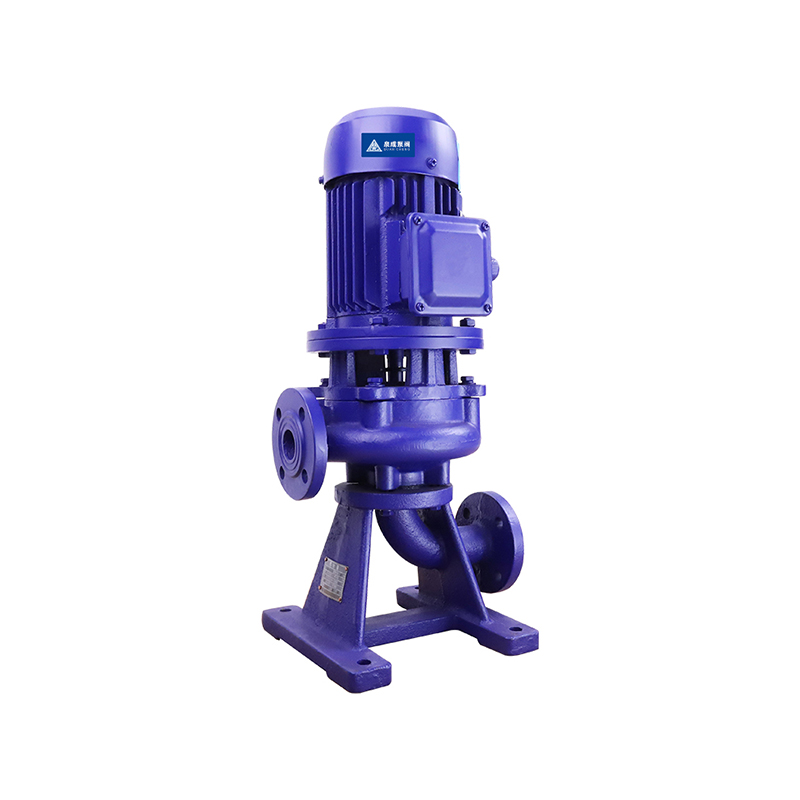
Specify Mechanical Seals and Materials
Dual, hard-faced seals with barrier fluid are mandatory when downtime costs exceed USD 5,000 per hour. For high chloride streams, duplex 2205 or super-duplex 2507 stainless steel outlasts 316L by a factor of three. Elastomers must be FFKM or EPDM rated for the exact chemical cocktail; a single mis-matched O-ring can inject a month’s maintenance budget into the sump.
Evaluate Motor and Drive Strategy
Totally-enclosed, fan-cooled (TEFC) motors are standard, but in explosive atmospheres select IEC Ex d IIB T4 certification. Specify Class H insulation with a 1.15 service factor to survive voltage imbalance from on-site gensets. Variable-frequency drives (VFD) can cut energy 15–25 %, yet harmonics may shorten bearing life; insist on insulated bearings and shaft grounding rings.
Plan Installation and Service Access
A pump that cannot be lifted is a pump that will never be repaired. Ensure the rail-mounted slide system is rated for the wet weight plus suction forces. Provide 1 m clearance around the motor for airflow and position the control panel at eye level to avoid OSHA citations. Keep a spare seal kit and impeller on the shelf; delivery of exotic alloys can stretch to sixteen weeks.
By rigorously mapping fluid properties, hydraulic duty, impeller type, metallurgy, motor specification, and service logistics, you convert the abstract phrase “right Sewage Pump” into a measurable asset that protects both your process and your profit.


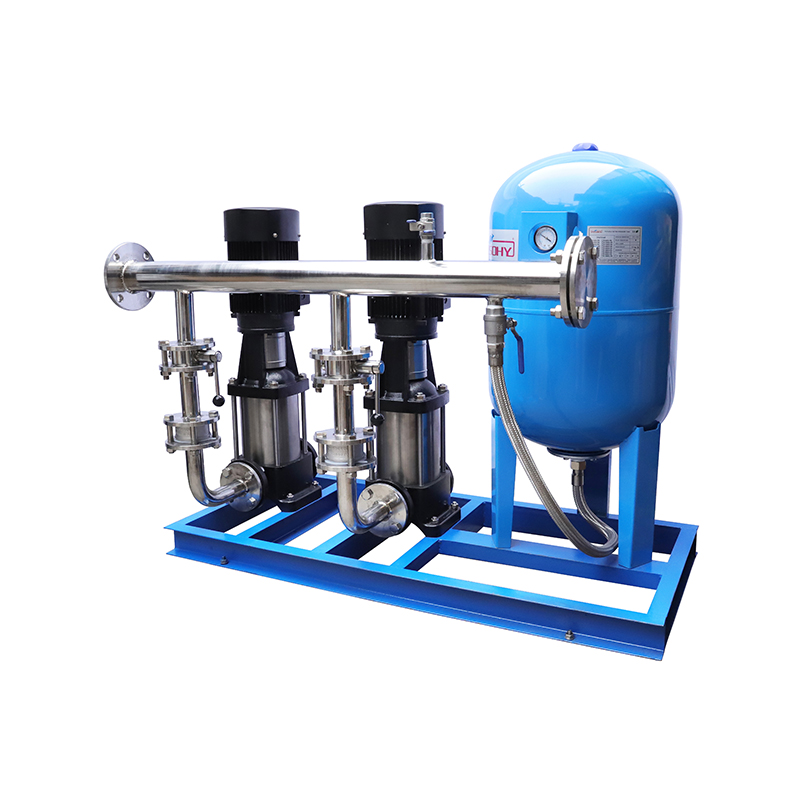
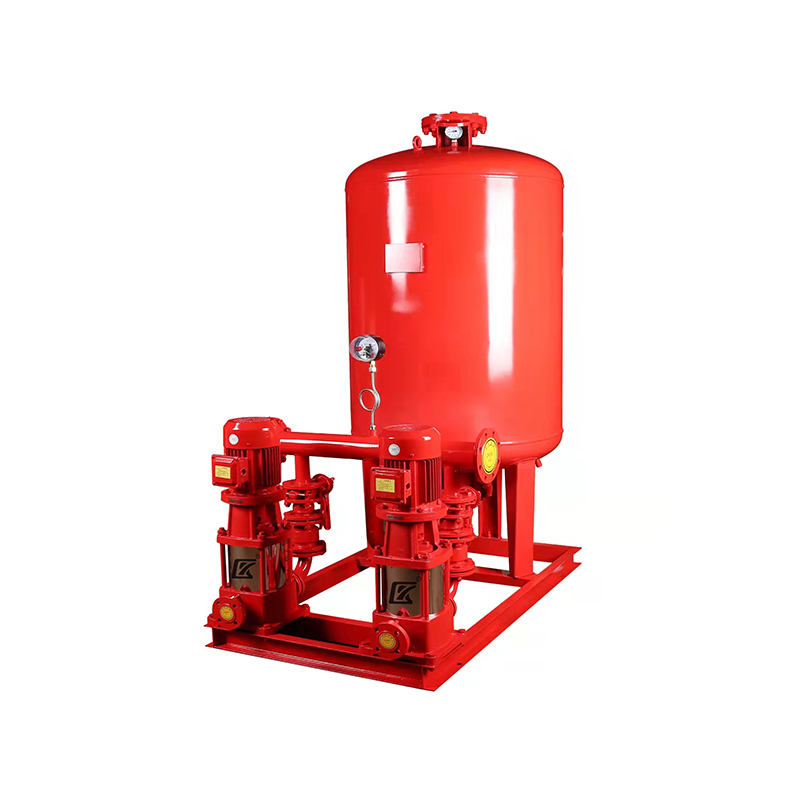
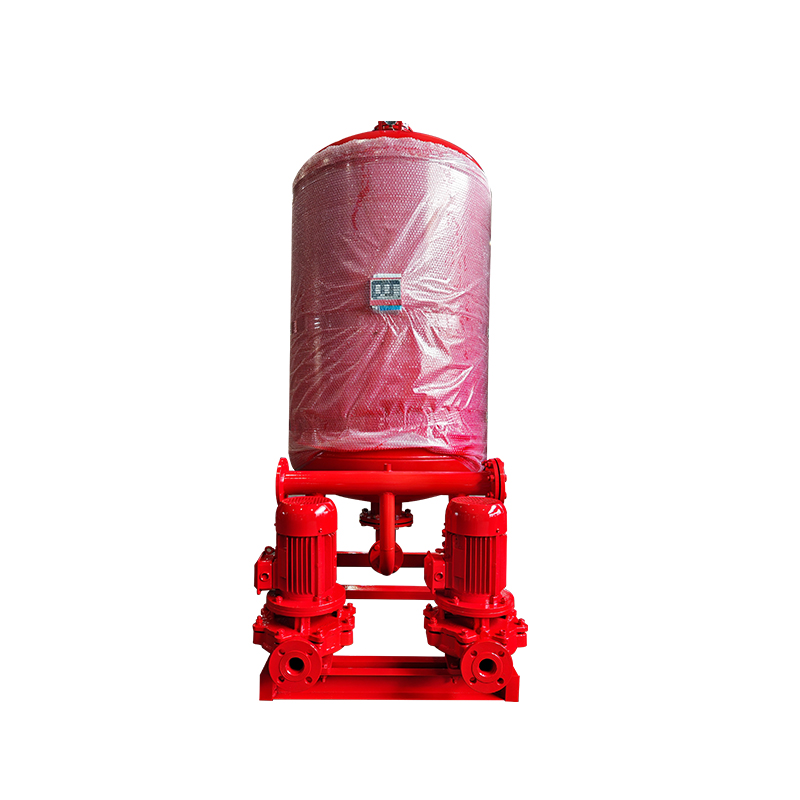

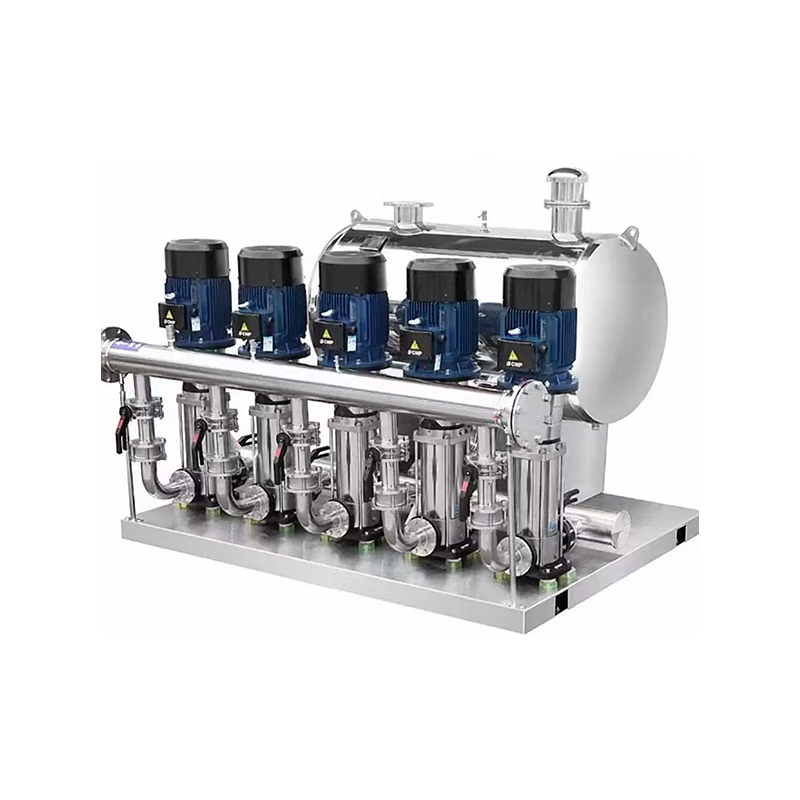
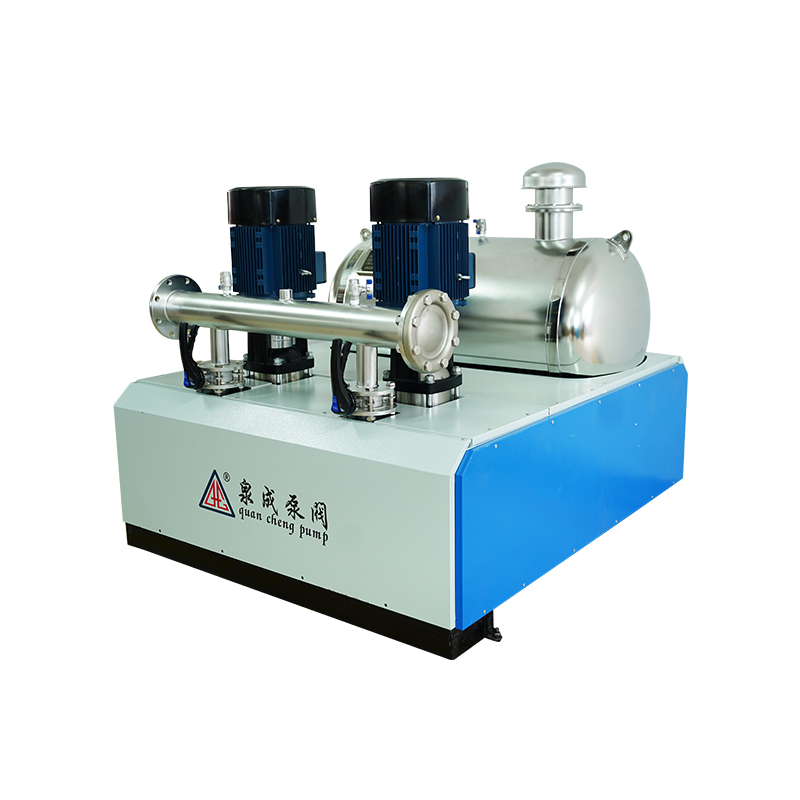
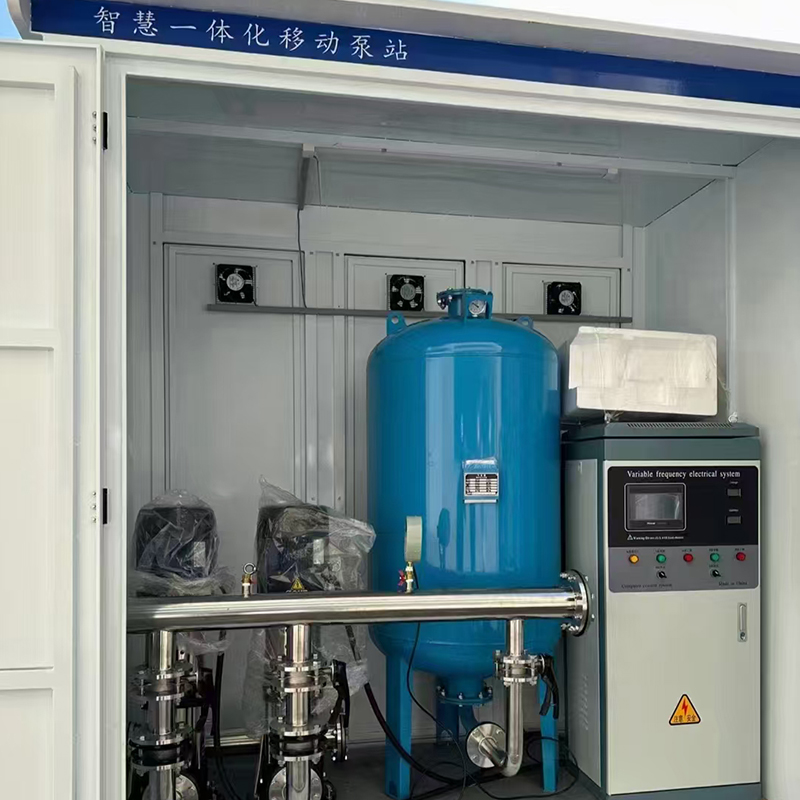
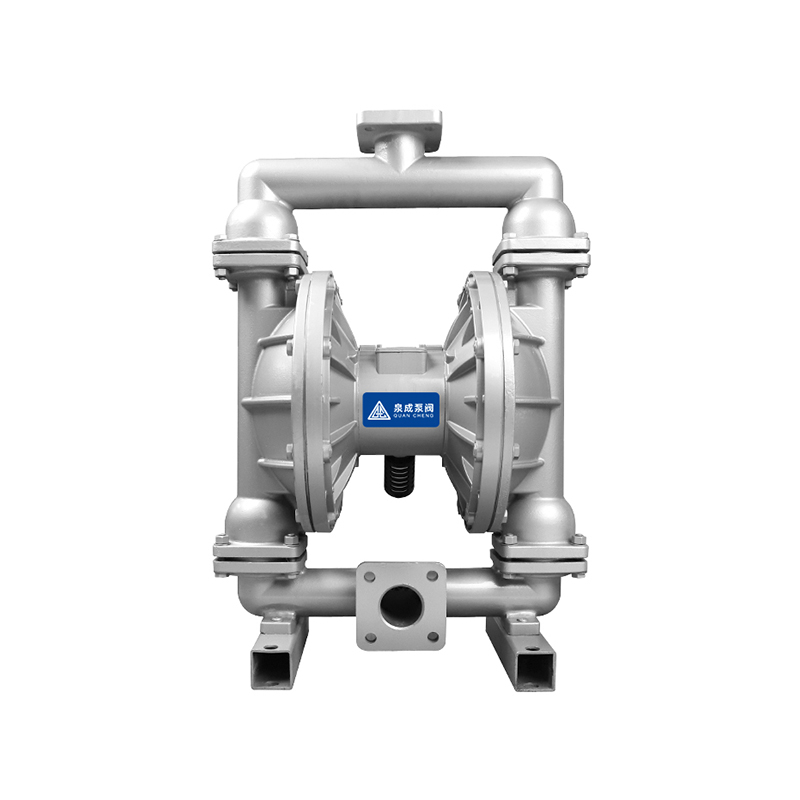
 浙公网安备33032402001888号
浙公网安备33032402001888号
